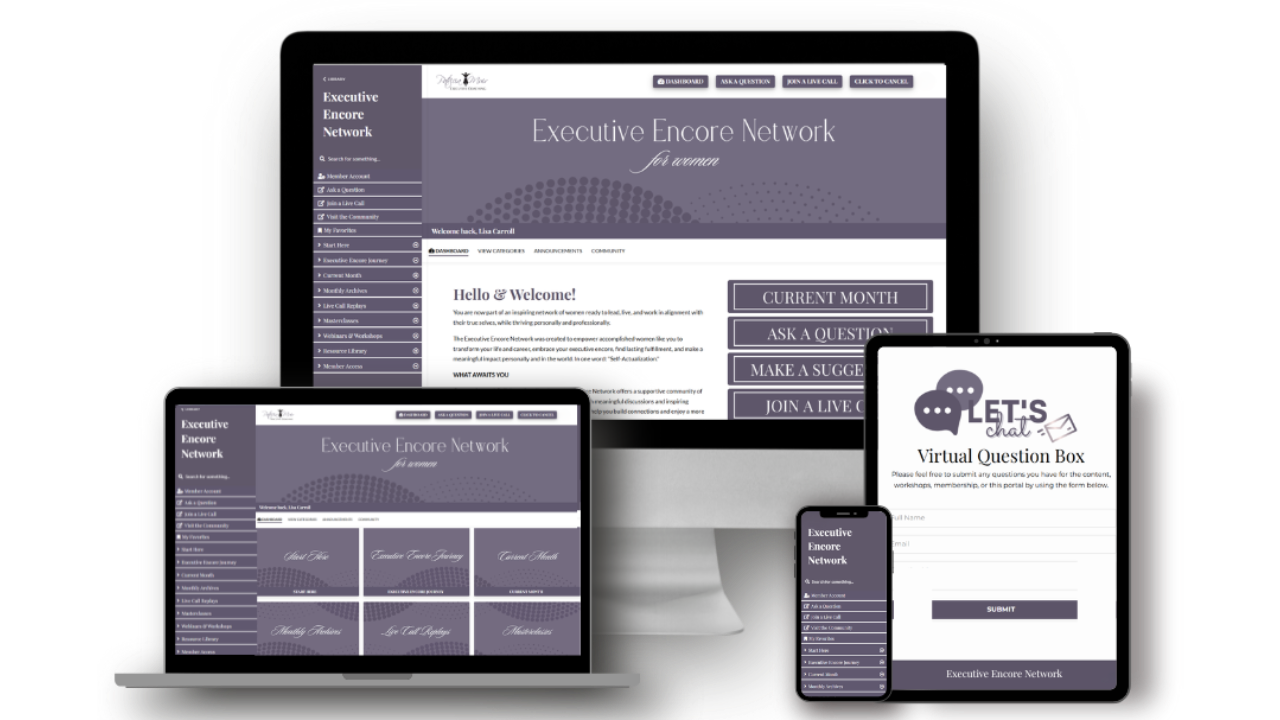
Positive Emotions, Leadership, and the Bottom Line
Sep 23, 2020The connection between a positive climate and the bottom line
Studies have actually produced data to prove how important a positive climate is in creating good business results.
At one insurance company, a researcher found that effective leadership influenced service climate among agents, accounting for a 3 to 4 percent difference in insurance renewals – a seemingly small margin that made a huge difference to the business.
In another example, at a global food and beverage company, positive climate readings predicted higher yearly earnings at a major division. In a study of nineteen insurance companies, the climate created by the CEOs among their direct reports predicted the business performance of the entire organization. In 75 percent of the cases, climate alone accurately sorted companies into high versus low profits and growth.
Another study shows that for every 1 percent improvement in the service climate, there is a 2 percent increase in revenue. According to Goleman, Boyatzis, and McKee in Primal Leadership (2013), how people feel about working at a company can account for 20 to 30 percent of business performance.
On the flip side of revenue, a positive climate also protects the organization's reputation and ultimately the bottom line by reducing employee turnover, preventing incidents of workplace violence and harassment, and preventing complaints to Human Rights and the Ministry of Labour. A positive climate goes as far as to protect business owners and leaders from personal liability.
Who and what drives an organization's climate?
Climate alone does not determine performance. The factors are notoriously complex. However, if the climate is such a big determinant, what then drives climate within an organization?
According to well-documented research from both the Gallup Organization and the Hay Group, roughly 50 to 70 percent of how employees perceive their organization’s climate can be traced to the actions of one person—the leader. More than anyone else, the person in charge creates the conditions and reinforces the tone-from-the-top that directly affect people’s moods at work and ultimately their ability to work well together, retain happy and loyal customers, and maintain a healthy workplace.
Leaders’ emotions affect, to a much greater degree than was previously thought, how their people will feel and therefore perform. It becomes imperative that leaders and their managers manage their moods and feelings well. Their emotional intelligence becomes more important at higher levels in the organization.
Authentic positive climate: Walking the talk and watching for cracks in the leadership veneer
An authentic positive climate requires a greater commitment and effort beyond town-hall meetings, team-building events, and motivational meetings. An authentic positive climate requires conscious modeling and messaging from the top with a vigilant eye on alignment at all levels of management. It's day-by-day, moment-by-moment, commitment to the health of the organization.
Creating an authentic positive climate with emotional intelligence
What can leaders do to increase positive emotions— genuine enthusiasm, energy, and engagement—in themselves, in their management teams, and in the people who work for them?
Increasingly, companies are experiencing the benefits of investing in executive coaching for leaders, top managers, and high performers. Emotional intelligence is a critical element of executive coaching with a significant effect on the success of creating a positive climate. Executive coaches who are trained and who specialize in emotional intelligence are experienced in emotional intelligence assessments and growing research. These coaches are certified and qualified to facilitate emotional intelligence assessments including the EQ-i 2.0 and EQ 360 offered by Multi-Health Systems. Investment in emotional intelligence assessments and executive coaching has been proven to support an authentic positive climate.
Moving forward in this series on the art of positive emotions in the workplace, we will explore the emotional intelligence concepts that an executive coach considers when working on developing an authentic positive climate within an organization.
Be prepared to examine your beliefs and experience around cultivating a positive mood and climate within the workplace? If you missed our previous post, here is the link to Leadership and Inspiring Positive Emotions.
We would love to hear your thoughts on this topic. We are interested in starting a conversation about the value we can bring to your organization. We help leaders to be effective by recognizing and utilizing their competencies while adapting their behaviour in situations that require a different approach. Our clients become aware of their particular way-of-leading by participating in various assessments: Emotional Intelligence, Emergenetics, and the Emerson Suite 3D Personal Profile for leadership and management effectiveness.
Contact Patricia Muir at [email protected], at 416-804-4383, on LinkedIn, Maestro’s Facebook, Twitter.

Next Steps
You don’t need to navigate your Executive Encore alone. Discover a better way to take charge of your experience.
- Schedule a 30-Minute Complimentary Executive Encore Call.
Ready to elevate your encore chapter?
- Join the Executive Encore Network for Women, a membership and community of supportive women ready to inspire and uplift. Subscribe to the Sunday Encore to begin your Executive Encore Journey and register for the next Tour to learn more.


